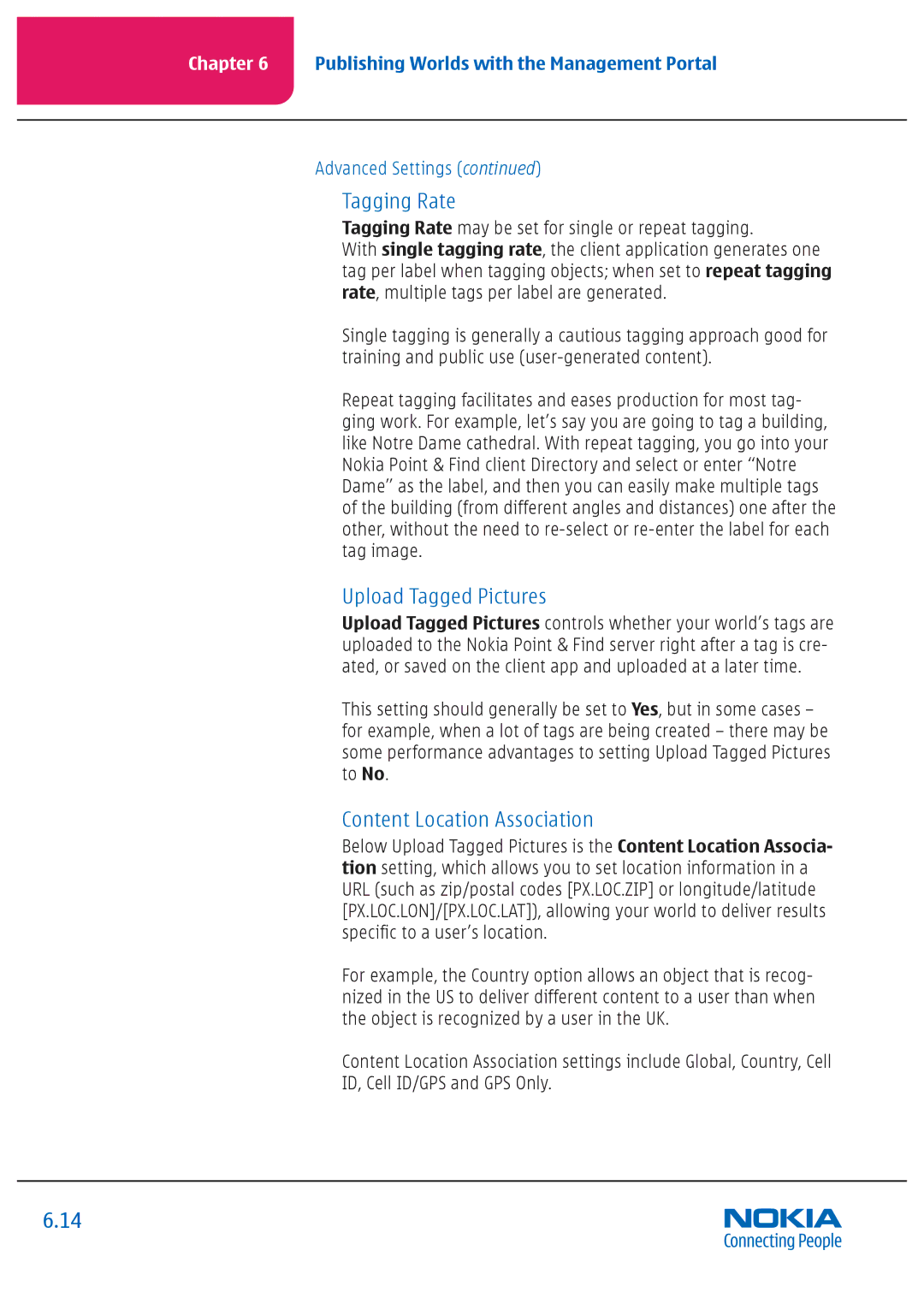Nseries specifications
The Nokia Nseries, launched in the mid-2000s, represented a groundbreaking line of multimedia smartphones that combined innovative technology with sleek designs. This series reinvigorated Nokia’s reputation as a leader in mobile phone technology while catering to a new generation of tech-savvy users looking for powerful devices that could handle various multimedia tasks.One of the standout features of the Nokia Nseries was its commitment to high-quality multimedia capabilities. Equipped with advanced cameras, many models boasted Carl Zeiss optics, allowing users to capture stunning photos and videos. The Nokia N95, for instance, featured a 5-megapixel camera that set a new standard for mobile photography. In addition, the Nseries often included dedicated multimedia buttons, making it easier for users to access their favorite media apps and functions.
Displaying vibrant colors and impressive clarity, the Nseries devices typically used high-resolution screens. These displays not only enhanced the multimedia experience but also made browsing the internet, reading e-books, and enjoying games visually engaging. The inclusion of features like a built-in music player supported a rich audio experience, with many models offering support for various audio formats.
Connectivity was another hallmark of the Nseries. Users could expect 3G capabilities, Wi-Fi, and Bluetooth support, allowing seamless sharing and downloading of content. The devices also usually incorporated GPS functionality, a feature that became increasingly important for navigation and location-based services, marking the Nseries as a pioneer in integrating location technology into mobile phones.
Software-wise, Nokia Nseries phones ran on the Symbian operating system. While not as user-friendly as later platforms, Symbian provided users with a level of customization and extensive app availability through the Nokia Software Market. This allowed users to personalize their devices according to their preferences, maximizing their utility.
The Nokia Nseries encapsulated a perfect balance of form and function. The sleek designs and premium materials reflected Nokia’s commitment to quality, while the powerful features emphasized the trend towards multimedia smartphones. By combining photography, video, music, and internet capabilities, the Nseries paved the way for today's smartphones, influencing how devices are designed and utilized in modern life. Though the series has been discontinued, its legacy remains visible in the evolution of mobile technology.

